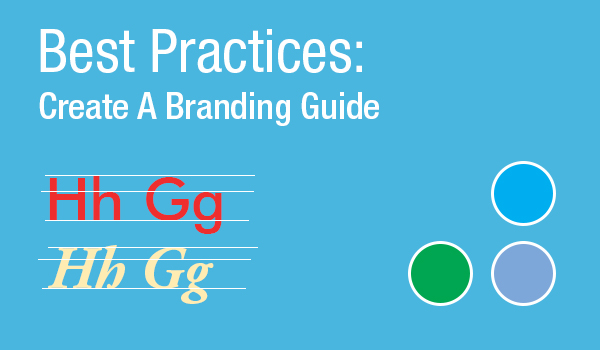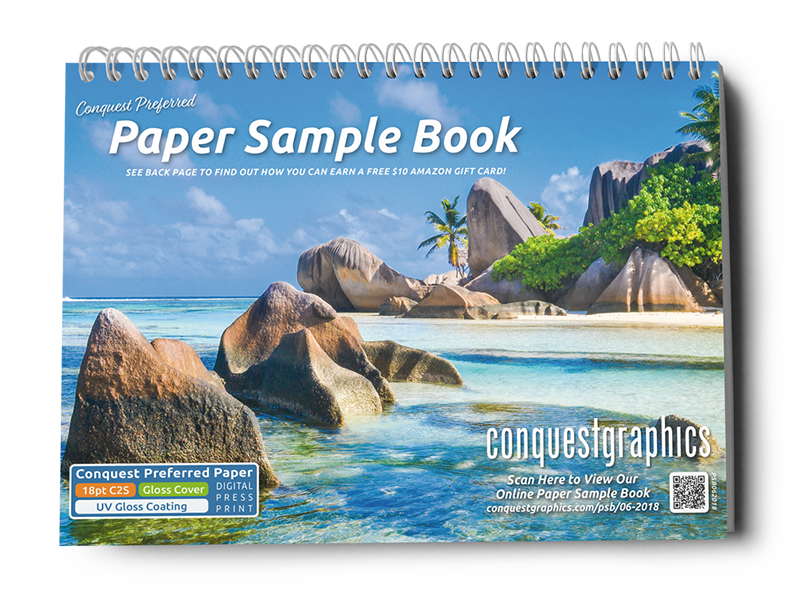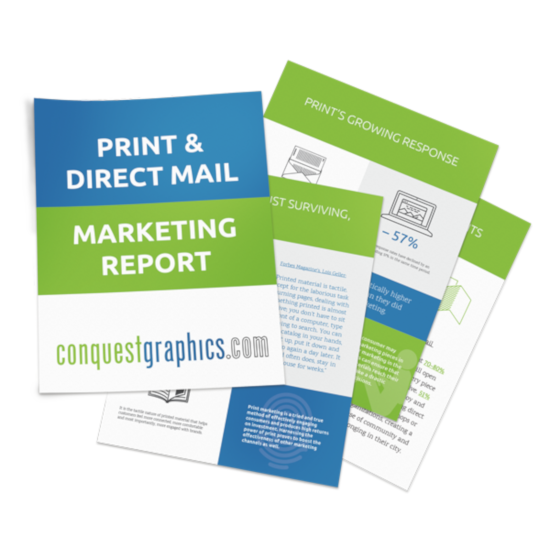
You may not think that branding inconsistencies are a big deal, but your customers do. Think about it, would you trust a company whose branding is mismatched throughout their marketing? How can you trust a company that does not take the time to maintain their own public image?
For any business, branding is the keystone to successful marketing. Maintaining brand consistency throughout every marketing channel creates a sense of familiarity with consumers, establishes your business's credibility, and showcases your professionalism. No matter the size of your business, establishing a branding guide will ensure that your business’s identity is handled with care and stays consistent.
The more your business grows and the more marketing your business does, the more difficult it can be to establish a consistent brand. Over time, you may work with multiple graphic designers, or may need to hire a new in-house designer to help with your marketing efforts. Providing a reference to the people that work on your marketing will help everyone stay on the same page.
When should you create your branding guide and who should design it?
In an ideal world, you should commission a branding guide from the same person who created your logo; a good graphic designer will provide you with logo variations, sizing and placements, but that is not always the case. If your organization does not have a branding guide, and is just starting out or is already undertaking multiple marketing projects, a guide should be created immediately.
Consulting with an experienced graphic designer, or branding and marketing agency is absolutely essential. Doing so may be a little costly, but is one of the best investments you can make in your business. Unless you have training in branding, graphic design, and communications, establishing your business’s brand on your own is out of the question.
However, you should be working extremely closely with the designer or agency you hired. Your role will be setting the tone -- establishing who your business is, why people should care about it, who your customers are, and what your goals are.
What should be laid out in your branding guide?
A good branding guide will establish some basic rules for working with your business's identity. The more detailed the better, but there are a few points that you should touch on no matter the size or scope of your business.
An overview of your brand’s history, vision, key values and personality
The overall goal of any good branding guide is to tell your business's story, define its voice, and discover its personality. Start out by explaining how your business came to be: tell its origin story. Why did your business start, and if it has been around for a while, how did it grow?
Next outline your business’s core values, define what your business is about, what you think will make your business successful, and differentiate itself from the crowd. Laying out your core values will give your employees a clear reasoning behind their work -- and your customers a reason to support your business.
Once your history and values are defined, consider what the personality and voice of your business is. Think about who your customers are and what services you provide. For instance, if your business is in finance, you want to be serious, professional, knowledgeable, and trustworthy. In contrast, if your business is a pet shop, its personality should be playful, caring, nurturing, and kind.
This overview will be the foundation of the brand, helping you make other decisions about your business's identity
Colors
Think about your favorite brands. You would probably recognize them by their colors alone. Choose your colors based on your brand's personality, and employ the expertise of your designer or agency to choose colors that showcase the personality of your brand.
Defining the exact colors of your business is extremely important to create brand consistency. Simply stating that your colors are blue, green, and yellow will not suffice. Make sure that whomever is helping you with your guide shows exact color value for your brand. There are three values that are an absolute must.
- RGB - Red, Green, Blue; used for digital media.
- CMYK - Cyan, Magenta, Yellow, Key (or black); used primarily for printed materials.
- HEX Code - Hexadecimal value of RGB color; used in programing languages like HTML and CSS on your website.
If your designer or agency has the capabilities, it would also help to provide the Pantone Matching System (PMS) swatches for your colors, allowing you to have precise color matching for essentially any material. However, PMS colors can be costly and may not be necessary for every business.
Logo variations, sizes and placements
Your logo is the face of your business and it should be treated with respect. You should have a few variations of your logo for different usages and backgrounds. Show examples of the correct ways to use your logo as well as some examples of incorrect uses. Creating a "Dos and Don'ts" list for your logo is essential to ensuring it is displayed correctly.
Some logos look bad at certain sizes, so be sure to stipulate logo variation maximum and minimum sizes. You may have one logo variation specifically for letterhead and business cards and another for large signs or banners. Layout these choices clearly so no mistakes are made.
Allow your logo to breath by explicitly setting boundaries for clear space: how much space your logo should have from other design elements. Your designer or agency will be able to help you with this task.
Font styles and uses
More than anything else, fonts are the most misused and mismanaged of branding assets. Typography is an extremely nuanced art that many ignore when building their brand. The best time to lean on the expertise of your designer or agency is when choosing the right fonts for your brand and when to use them.
More than anything, legibility should be the top priority when choosing fonts. If consumers cannot read your communication easily, they won't even try. Even if a font looks cool, if it’s not easy to read it’s not worth using.
Your branding guide should define the fonts that represent your brand, what sizes they are to be used in and where and when to use them. Here is list of font guidelines you should define:
- Typefaces - Try limiting the typefaces used; three typefaces is enough for most brands.
- Typeface weights and sizes - When and if your typefaces should be bolded, lightened, underlined, or italicized.
- Typographic hierarchy - What font styles are to be used for headings, sub-headings, body text, etc. Create a typographic hierarchy to clearly show emphasis and when it is appropriate.
- Style preferences - Do you use drop caps? When? How are paragraphs aligned, justified, left or right, centered?
The bottom line
The key to any good branding guide is finding the perfect balance between staying flexible enough to allow for creativity, yet rigid enough to ensure your brand is quickly recognizable and visually consistent. Your guide should allow for some rule bending but draw a clear line where rules should never be broken, showing clear examples of what is acceptable, and what is totally unacceptable.
Creating your branding guide is all about making decisions and laying them out for others to reference when working with your brand. Periodically, changes will need to be made, and when they are, your branding guide should be updated. Your branding guide should be a living document that grows with your business.
When completed, your guide will clearly show the visual styles, personality and voice of your brand, It will create a framework for those working with your brand to easily draw on when marketing your business and ensure that every marketing communication stays consistent.
Check Out Our Free Offers and Resources









